It has been 154 years today since the Philippines and the rest of the world welcomed a precocious little boy who would later become one of the country’s greatest heroes.
But did you know aside from being a nationalist, novelist, poet, ophthalmologist, journalist, and initially a reluctant rebel, Jose Rizal was actually a house-hopper? I guess it’s not shocking to know that Pepe likes to move from one home to another, mostly during his life overseas, given his desire to gain more knowledge and expertise.
To commemorate his birthday, we attempt to retrace his journey from being a son of a hacienda owner to becoming the ultimate catalyst of the Philippine revolution against the Spanish rule. We list down some of the numerous properties he considered home:
1. Rizal Ancestral Home
Francisco Mercado St. cor. Jose P. Rizal St., Brgy. 5, Poblacion,
Calamba, Laguna
The original house has been destroyed during World War II and has been reconstructed to its former glory. This two-storey Spanish-Colonial home was the most common of house and lot styles in Laguna at that time: al bahay-na-bato made from stones, bricks and hardwood. The windows are made of capiz shells.
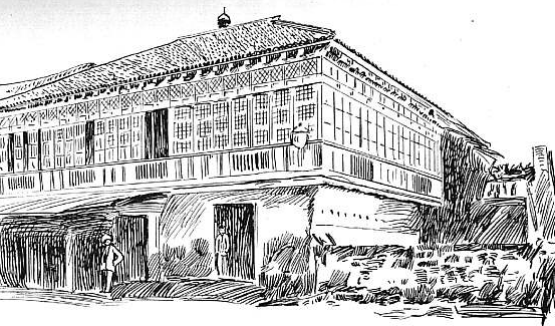
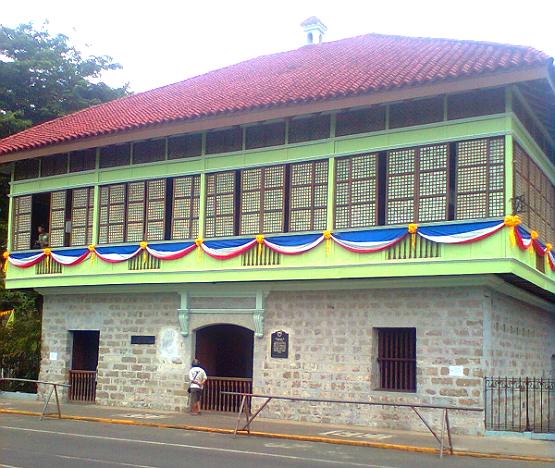
2. Several apartments in Madrid
- Calle Amor de Dios 13-15
- Calle Fernandez y Gonzalez 8, 3º-4
- Calle Ventura de la Vega
- Calle Gran Via
- Calle del Barquillo 34, 4º
- Calle Pizarro 15
- Calle Cedaceros 11, piso principal
Like any other Filipino migrant, Rizal experienced the hardships of living in foreign soil. According to the Philippine Embassy in Madrid, Spain, Rizal was madiskarte when it comes to his home situation. In order to have accessibility to schools and culture while living on a 35-50 peso monthly budget (which was pretty small), Rizal hopped from one apartment unit to another, rooming in with other ilustrados like him.
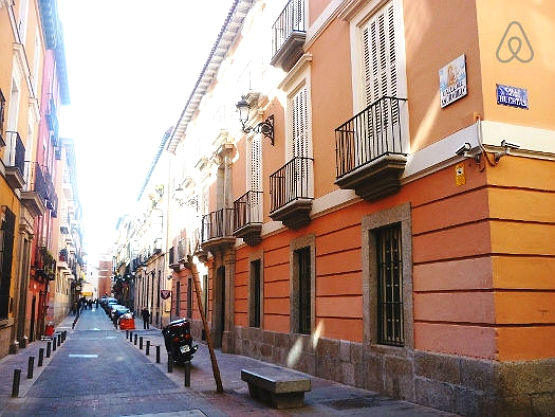
3. Juan Luna’s Paris studio
65 Boulevard Arago, 13th arrondissement (district)
Paris, France
If we were to base it on visual documentation, it appears that Rizal had a fun time in Paris despite his brief stay there. Apart from staying in hotels, our national hero bunked at his good friend Juan Luna’s studio in the 13th district. He even posed as a model for some of the painter’s artworks, most notably as Sikatuna in Luna’s Blood Compact.
Life in Paris wasn’t all fun and games for Rizal. He underwent training under renowned ophthalmic surgeon Dr. Louis de Wecker in 55 Rue Du Cherche-Midi, and learned the cataract-surgery technique that was instrumental for his mother, Teodora Alonzo, to recover her already failing eyesight.
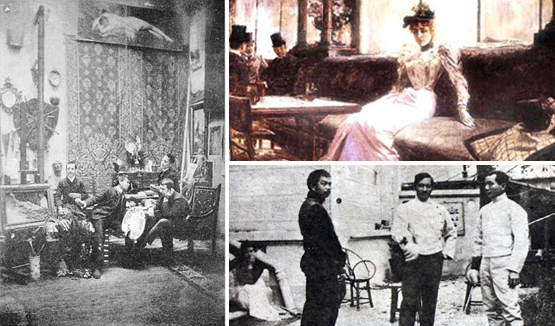
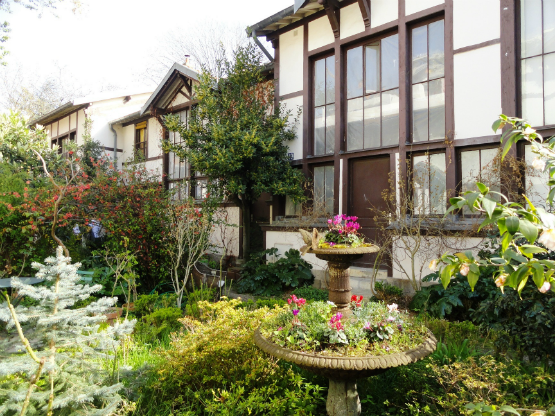
4. Berlin Grand Hotel
Das Centralhotel an der Friedrichstrasse
Berlin, Germany
When Rizal left Paris for Germany, he resided in one of Berlin’s finest real estate then, the Das Centralhotel located in the Friedrichstrasse, a major culture and shopping street. The area is known then for its posh real estate market. Maximo Viola, Rizal’s friend, eventually joined him and funded the publishing of Noli me Tangere.
The street, including the hotel, has since been destroyed during WWII. It regained its popularity as a shopping destination in the 90s thanks to the numerous redevelopments in the area.
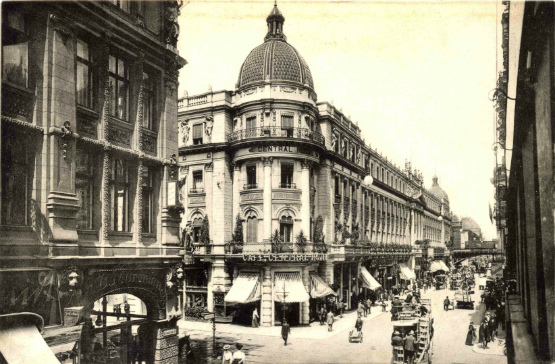

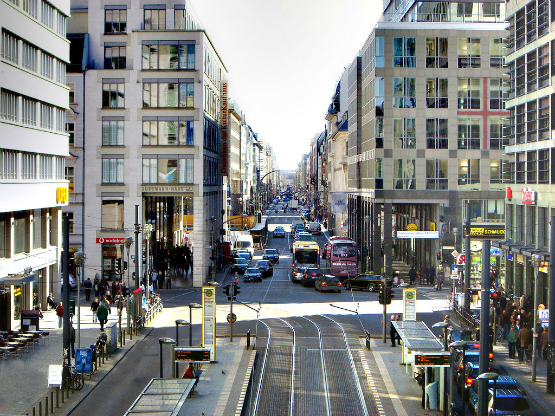
5. 3-storey apartment in Heidelberg
Lutwigsplatz No. 12 Grebangasse
Heidelberg, Germany
Rizal loved the town of Heidelberg so much that he penned a poem dedicated to the picturesque, romantic German town titled “To the Flowers of Heidelberg.” It was also said that the poem was a form of Rizal’s prayer for the Philippines, which was already struggling from Spanish rule.
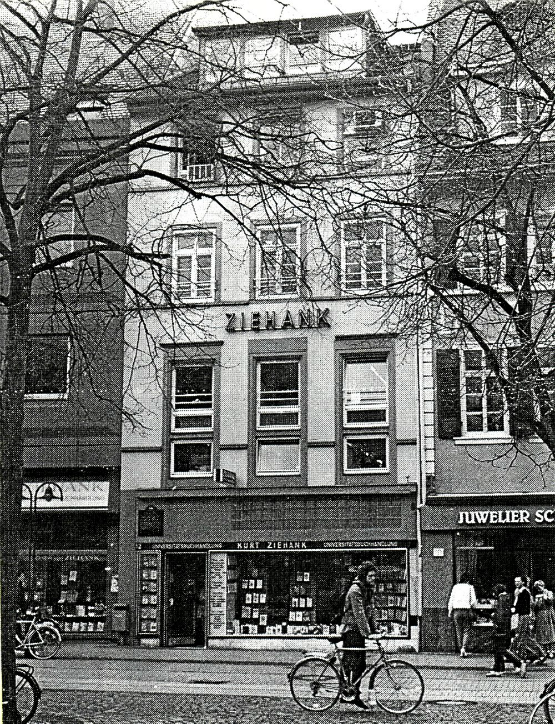
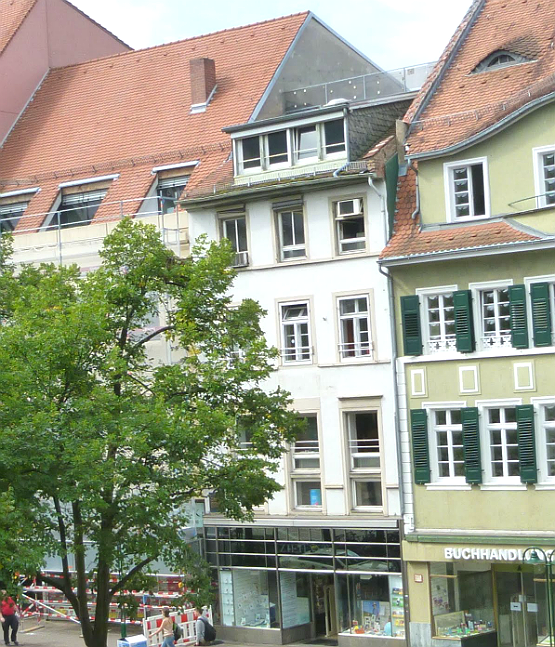
6. A house and lot for rent in Wilhemsfeld
Wilhemsfeld Vicarage
José Rizal Strasse, Wilhemsfeld
Rizal chanced upon and became fast friends with a local pastor named Reverend Karl Ullmer. Ullmer recommended Rizal to stay with his family in the vicarage so the latter can get immersed in German culture and master the language.
The house and lot was where Rizal wrote the last few chapters of Noli Me Tangere, and most likely, the chapter where Crisostomo Ibarra recounted to his love Maria Clara about his experience in Germany.
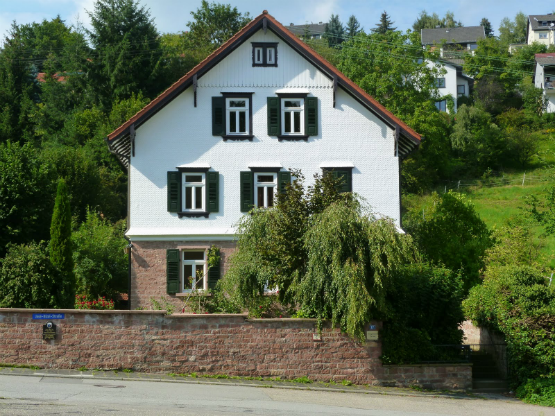
7. A Brussels boarding house
Rue Philippe Champagne 38
Brussels, Belgium
Brussels perhaps is an important chapter in Rizal’s life. According to historians, it is in the confines of an apartment he shared with Jose Albert where he feverishly revised the finished manuscript for printing of one of his famous novels, El Filibusterismo.
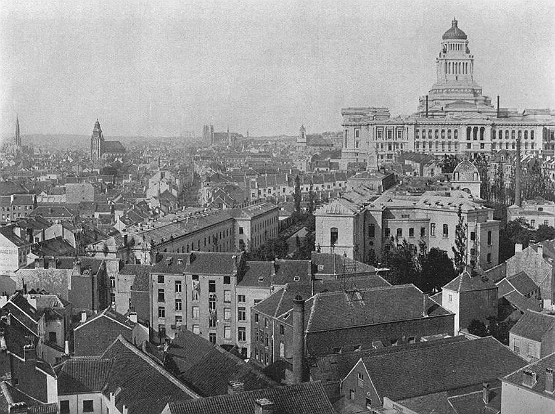
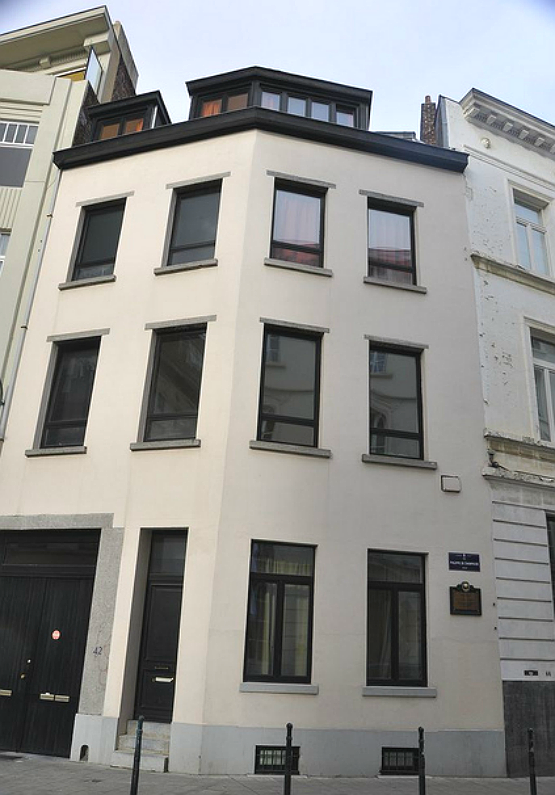
8. No. 2, Rednaxela Terrace
D’ Aguilar Street, 5,
Central District, Hong Kong
The Hong Kong apartment became home to Rizal and his family from December 1891 to June 1892. He also opened his eye clinic, which ran from 2pm to 6pm.
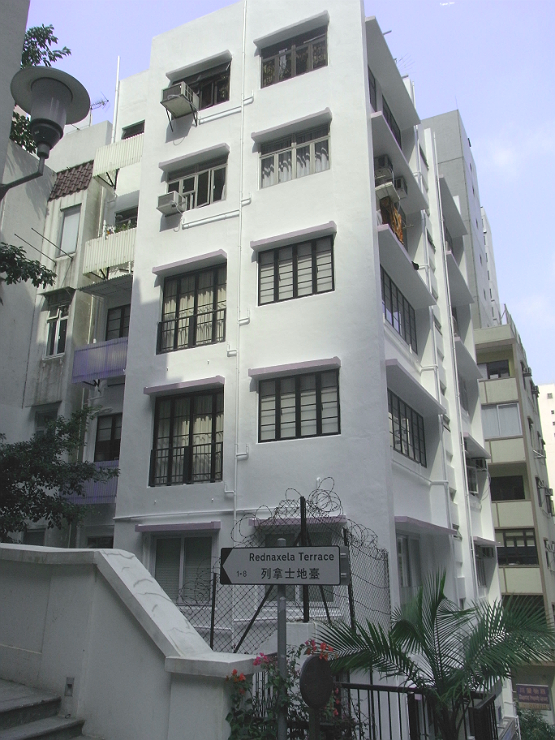
9. Casa Residencia in Talisay
Dapitan Bay, Zamboanga del Norte
Rizal was exiled in Dapitan after being implicated with rebellion activities against Spanish rule and for the publication of Noli me Tangere. In Dapitan, Rizal saw himself a major influence in the lives of the townsfolk. He built a school, a hospital and a water supply system, and taught key people new methods in horticulture and farming.
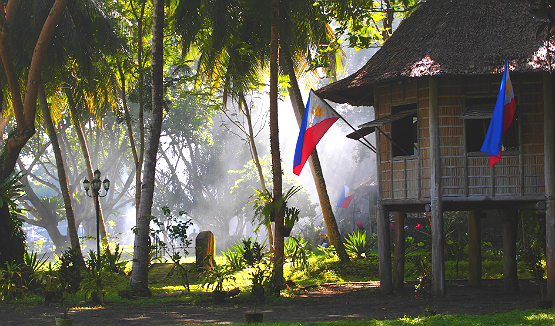
10. A prison cell in a citadel
Fort Santiago
Intramuros, Manila
Rizal was arrested and sent to Fort Santiago for his association with the Katipunan. While in prison, he wrote a manifesto insisting that in order for Filipinos to achieve true freedom, education and achievement of a national identity should happen.
Before his execution on December 30, 1896, Rizal reportedly wrote and hid in his prison cell final letters and instructions to his family and closest friends, including paper consisting his last poem titled Mi Ultimo Adios.

11. Rizal Shrine
Luneta Park
Roxas Boulevard, Ermita, Manila
Rizal’s remains, which was initially buried at Paco Cemetery, were later exhumed and transferred to the hero’s mother’s house in Binondo, and then finally to a spot of what would turn out to be that famous marker in Luneta National Park. The marker has since been guarded by ceremonial soldiers of Philippine Marine Corps’ Marine Security and Escort Group continuously.

Want to live near one of Jose Rizal’s homes in the Philippines? Explore real estate properties for sale here.











